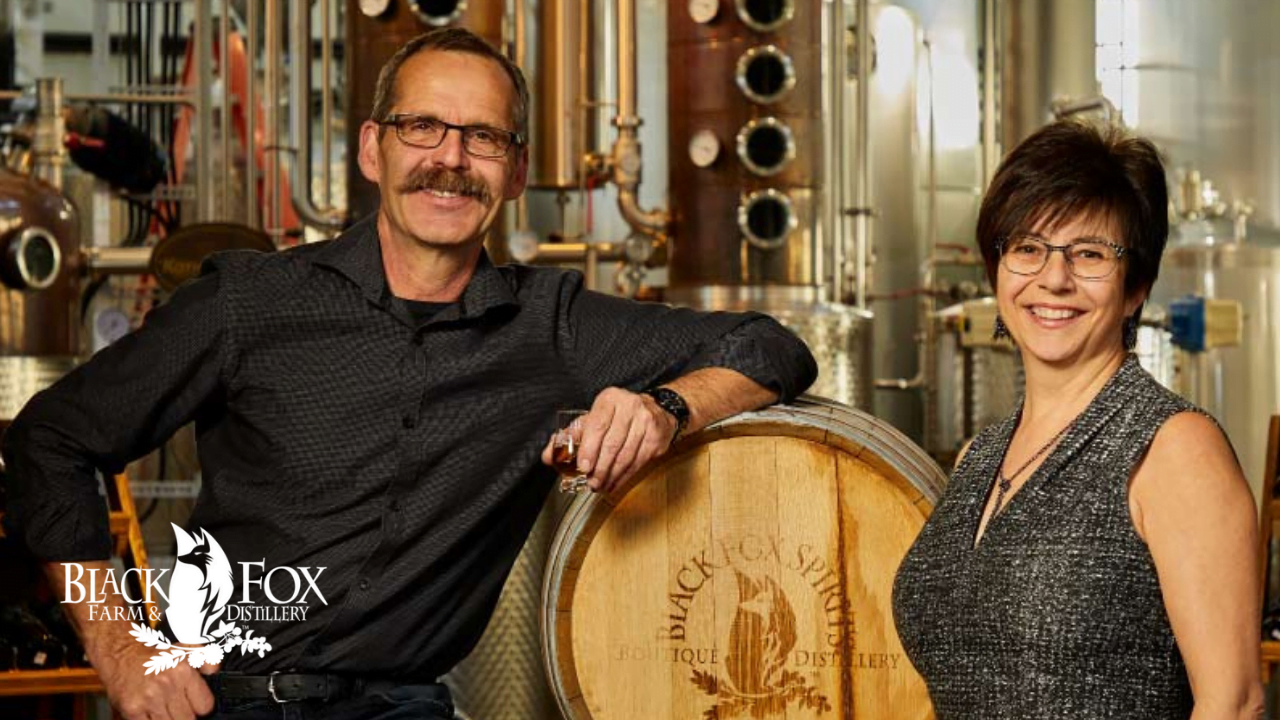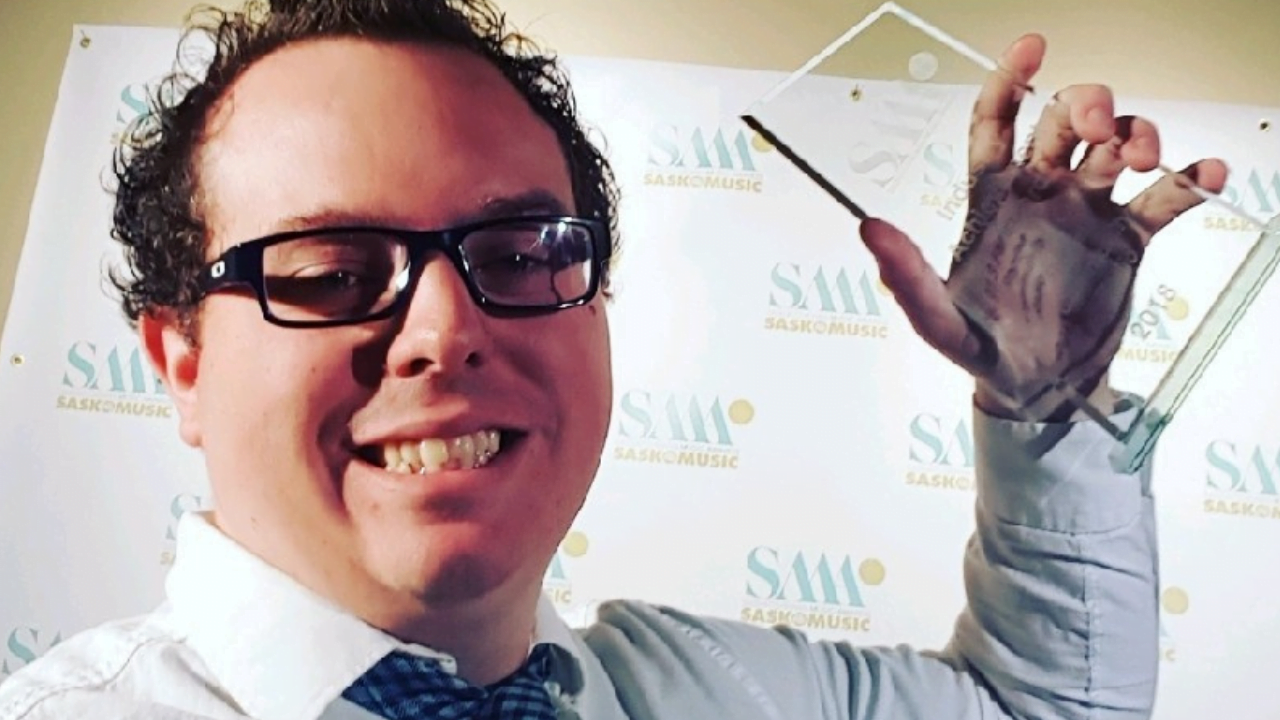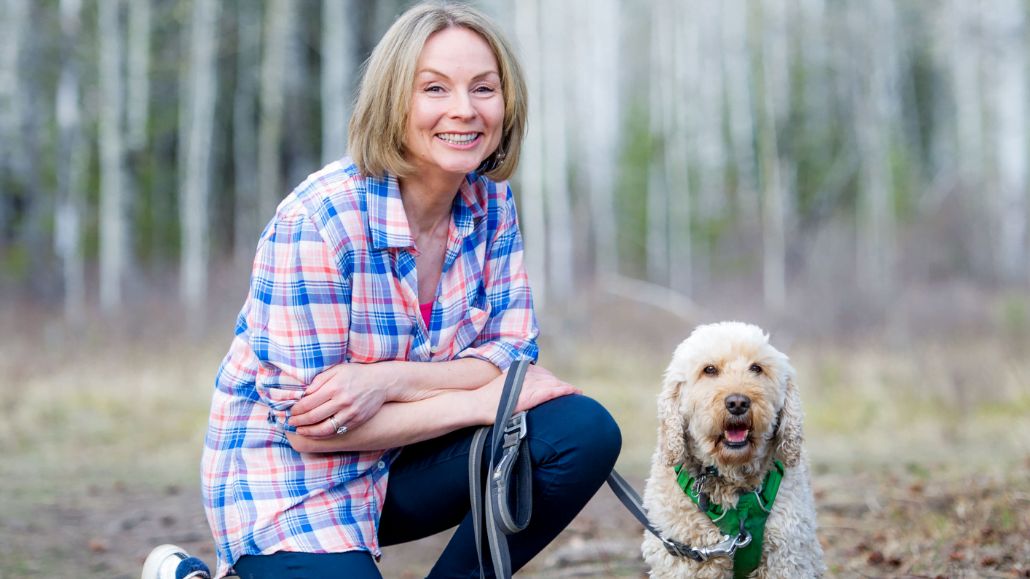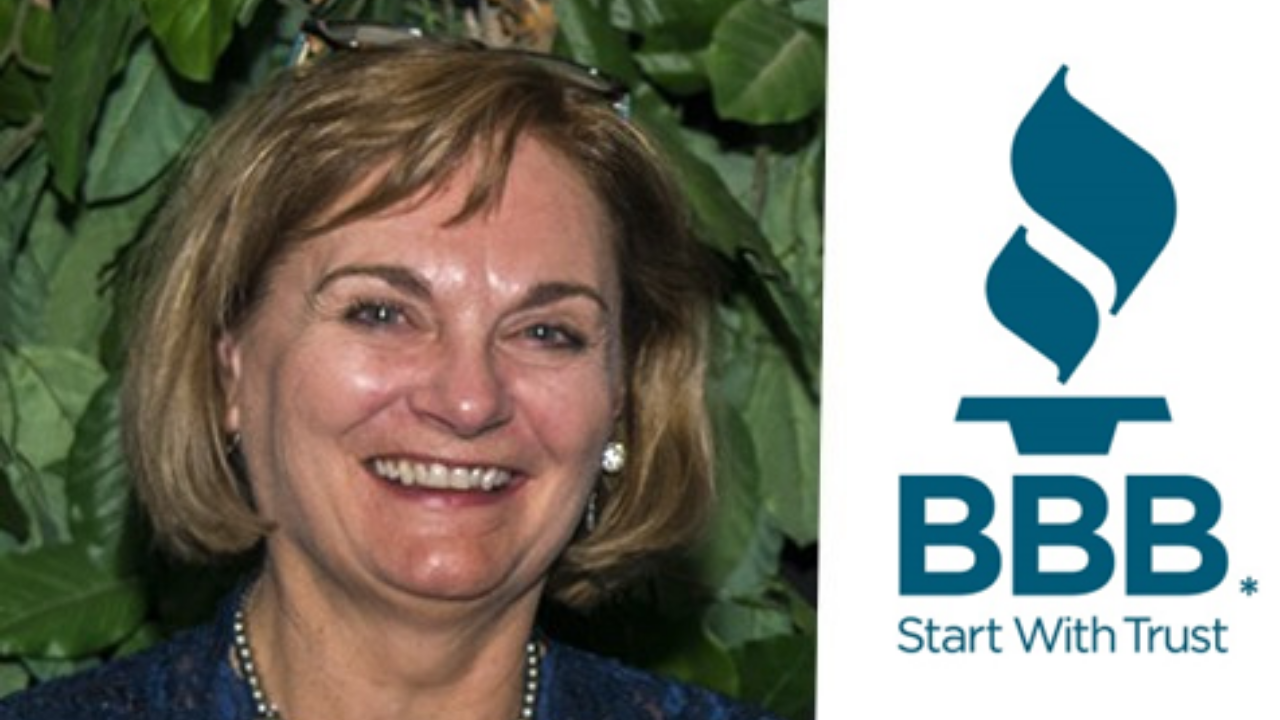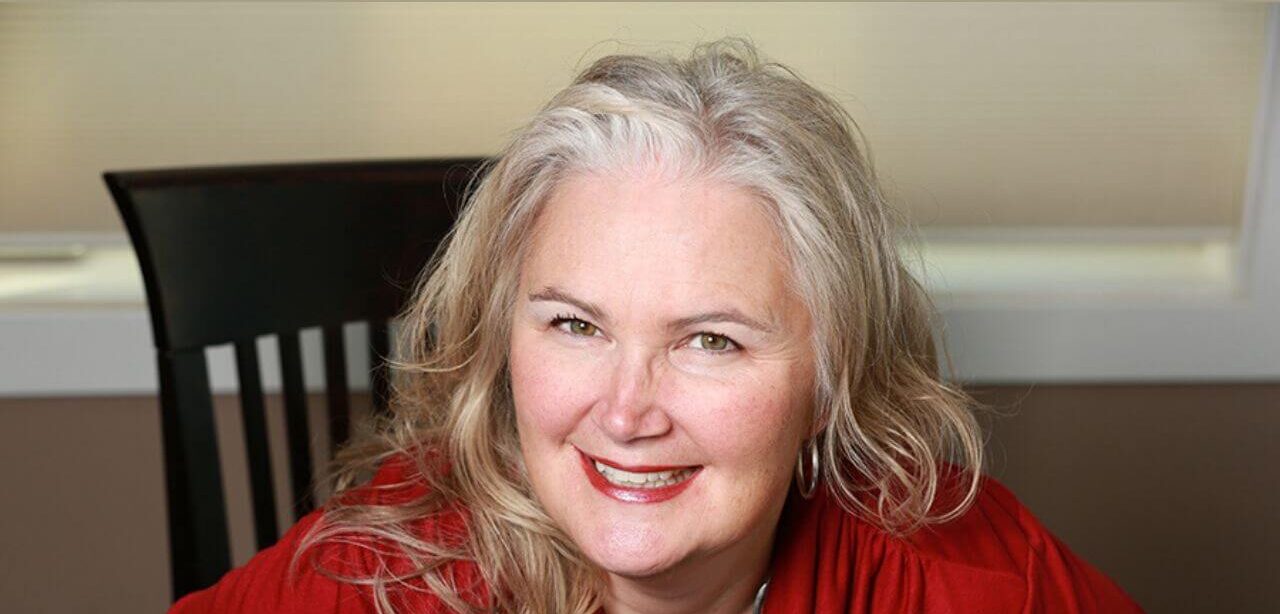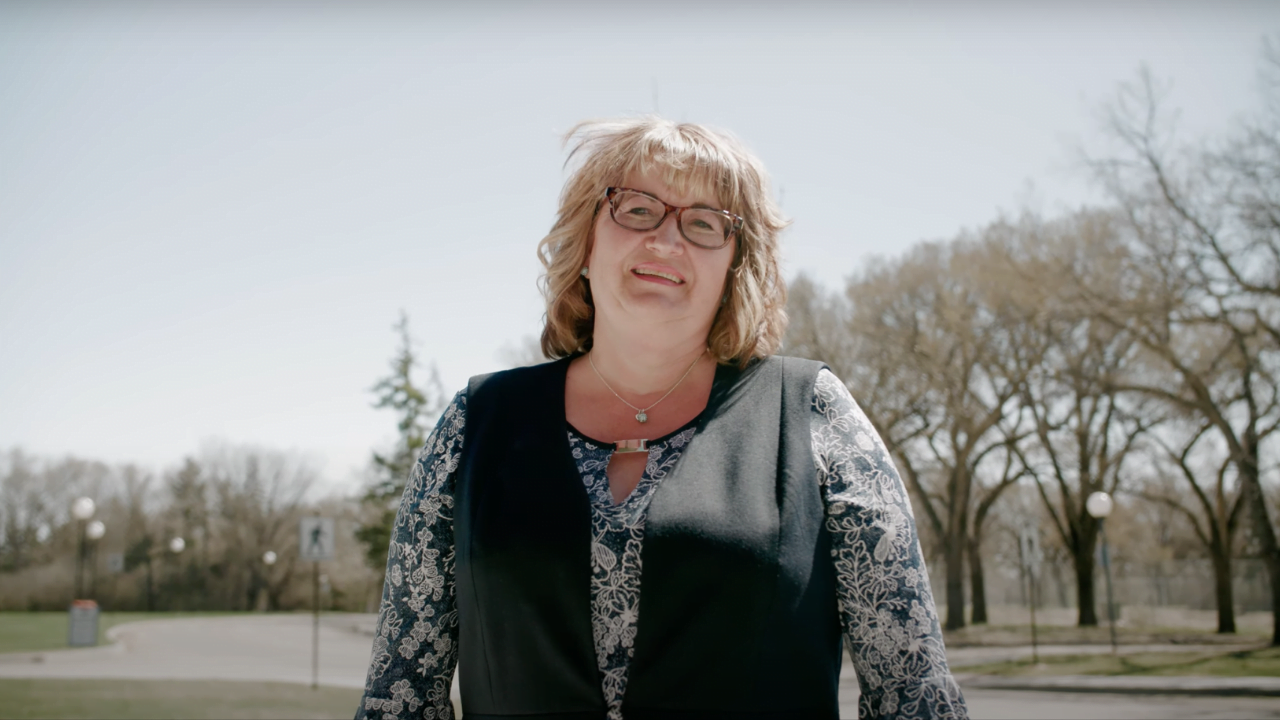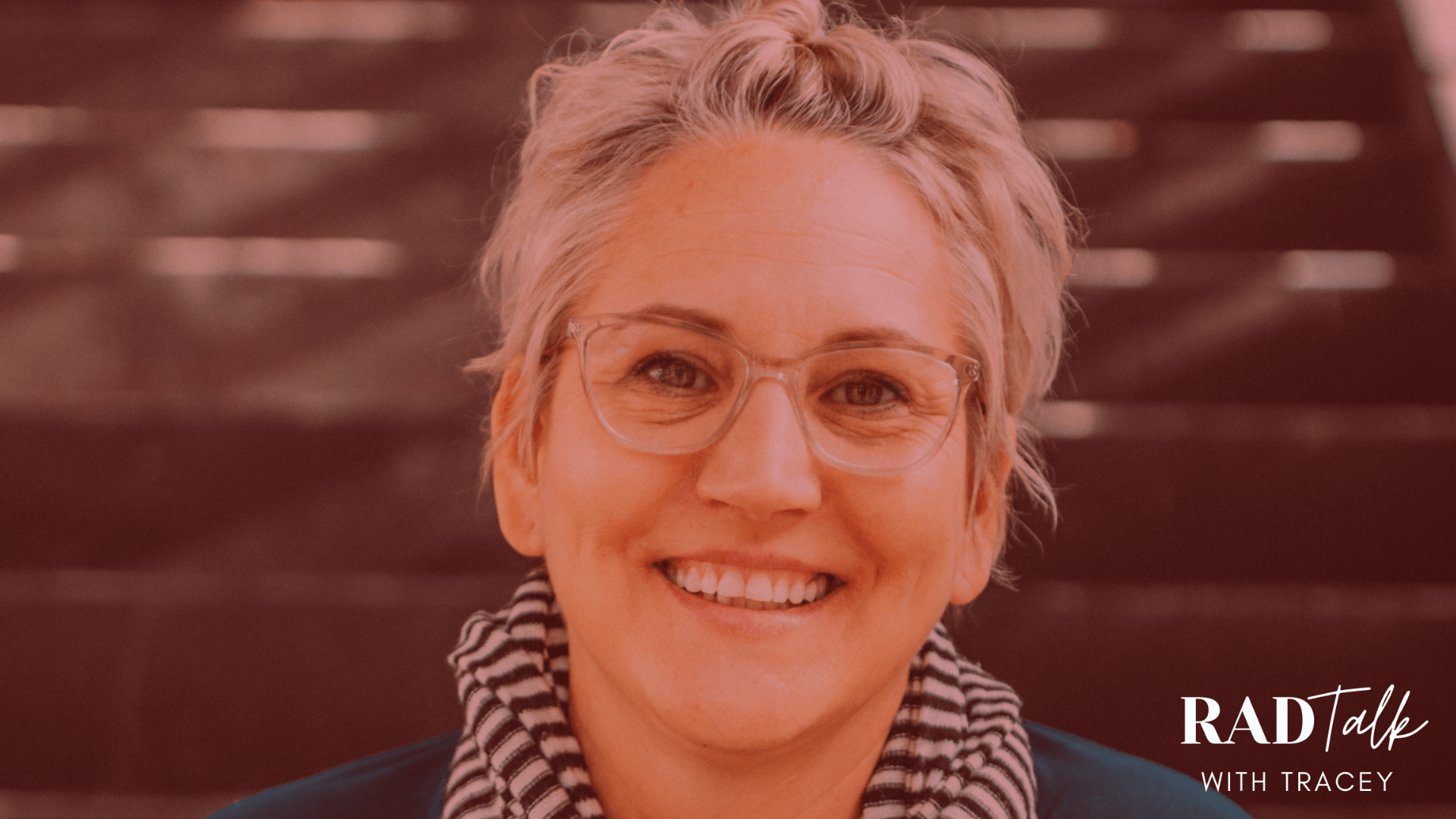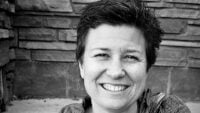Secret Life Ep. 74 with Barb Stefanyshyn-Cote from Black Fox Farm and Distillery
Barb 0:19This afternoon’s guest has a firm belief in quality, Saskatchewan Mead and distilled quality since 2015 Blackfox Distillery has been Saskatchewan premier farm based micro distillery, located just minutes from Saskatoon, Barb Stefanyshyn-Cote is the co-owner of the locally owned and locally produced line of gin, whiskey and like yours that are shipping globally. Today’s episode may inspire you to take your beverages to a whole new level. Barb 0:22Welcome, Barb, thank you for being here. Barb Stefanyshyn-Cote 0:26Well, thank you so much, Barb, this is a real great opportunity. Barb 0:51Yes, it’s a pleasure to meet you. So tell me about your background because that doesn’t look like a traditional office. Where in the heck are you? Barb Stefanyshyn-Cote 1:13I am actually right in our retail section of Blackfox Farm and distillery behind me is the distillery itself the distilling room, you will see our our hybrid pot still is what it’s called. It is it was custom made for us in Germany. Barb 1:33Oh in Germany. Now I know very little about how alcohol is distilled. Even though I’m from moosejaw. You think given Al Capone’s history, I would know it inside out and can you give me the you know, pretend I’m five and explain how alcohol is distilled to me. Barb Stefanyshyn-Cote 1:49Absolutely, I can tell you in two minutes or less how to make booze, it’s really easy. So what you do is you start from green. And green has a lot of starch in it. And it’s the starch that gets turned into alcohol. Okay, so what you do is you take the grain, you grind it, and then you mash it, which means you add in water. And in our case, we add in enzymes as well. And the enzymes break those starches down into sugar. Barb Stefanyshyn-Cote 2:19Okay, then from there, you take it and you put it into a fermentation tank. And you add in yeast and the yeast does its magic and turns that sugar into alcohol. But the problem is, is that when it’s making the when the yeast is active, it doesn’t only make ethanol, which is the alcohol you can drink. It also makes methanol and butyl alcohol and fusel alcohols and all those other things that will make you go blind, right? Barb Stefanyshyn-Cote 2:46Okay. So the whole idea then is to put it into the still to separate the good, the bad and the ugly. Ah, as it travels through the still the the different things get separated and removed. And then at the end, you end up with your alcohol, your base alcohol. Barb 3:05And so is the process the same for each of the different products that you make. Barb Stefanyshyn-Cote 3:09So whiskey and gin is that the exact same process just a separate byproduct, then that’s exactly what happens. So if I take it from the still, and I put it in a in a barrel, and I age it for three years, it becomes whiskey. If I take it and I carbon, filter it and take it up to 96% alcohol, so very, very concentrated, yes. And then it becomes vodka. If I take it and then infuse it with botanicals such as Juniper and cardamom and all of the other fun things, then it becomes gin. Barb Stefanyshyn-Cote 3:44If I take it and put in fruit juice, it becomes a look here. So you do start with a base alcohol. And what you do with it after is how you make the different products. Barb 3:55So how did you learn all of this because my university education did not give me any of that. I may have consumed it. Barb Stefanyshyn-Cote 4:02But well, it’s interesting because our background too did not come with any recipes or any training whatsoever. When we decided to do this project, we were really green. And I the distiller is my husband, he’s the one who does all of this drilling. And he went and he took a couple courses, you can take courses on how to make alcohol. And he also worked a little bit in in one of the distilleries down in in Chicago where he went and volunteered for a week and spending time learning how to do it and then we came back and a lot of trial and error. Barb 0:19Yeah. Okay, now Who did you conned into trying some of those trial products? Barb Stefanyshyn-Cote 4:44Well, obviously it was us to start with and there were some I will admit that kind of went right back into the process again because they needed a lot more attention. So have you guys always been a little bit of a connoisseur for taste and flavor Reverse. Barb 5:02Actually, it’s interesting, you should say that because I, myself, I am not, but my husband is. So in our house, we’d like to say that I’m the cook, Chef. And so you know, he’s the one who is way has a much more of an appreciation and a far better palate than mine. Yep. Now that’s interesting to me. Because, you know, when you go to I’ll say, a fancy restaurant, which we don’t get to do too often right now. But when you go to a fancy restaurant, you have that nice meal, you really enjoy and appreciate the different flavors versus, you know, cooking at home. And it all starts to taste the same after a while. So I would think that that becomes a real, almost like an art. Right? Barb 5:48There’s, there’s some art and there’s some science in there. Because just because your husband likes it doesn’t always mean that the general public likes it. Oh, this is so true. And in and there’s so many things that are I agree, you know, I agree with what you’re saying is, a chef looks to his ingredients to make something that’s unique and special. And that is
